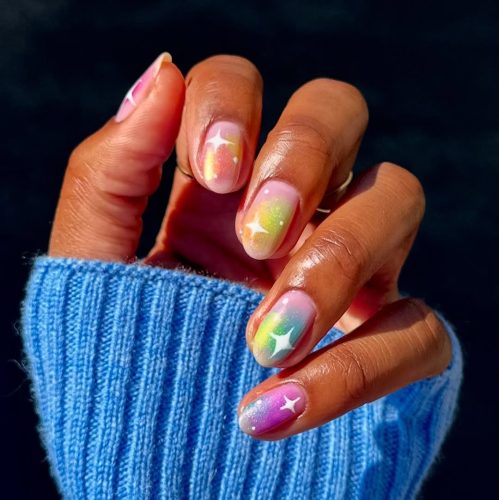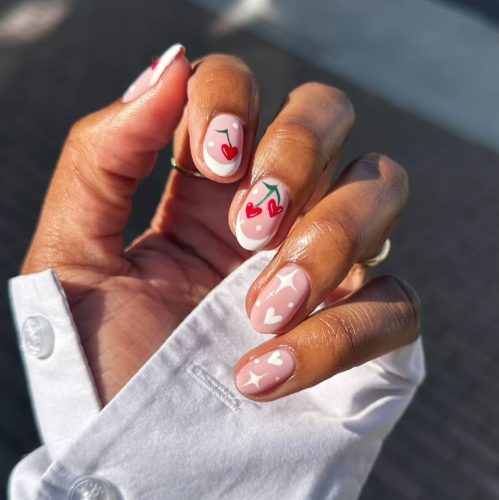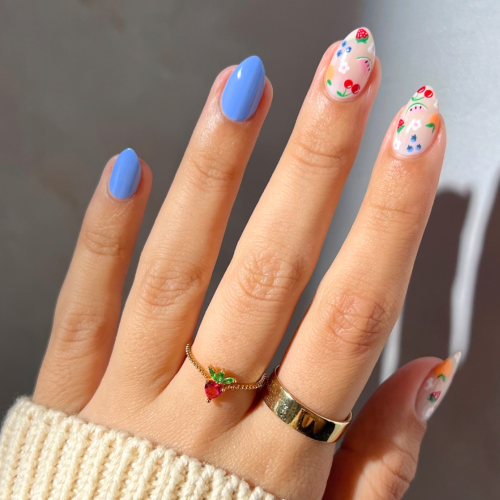The beginner’s guide to reading a beauty product label
Skin-care experts share how to understand the ingredients that are on your beauty product labels and know what's what.
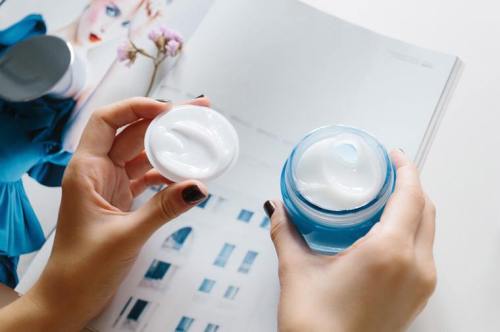
In a conscious effort to be savvy about what you’re slathering on your skin—just as you are with the foods that you’re eating—you may have gratuitously turned to the back of your beauty products only to be faced with a list of uber-long words that sound like they’re from a foreign language (who ever learned Latin, anyways?).
It’s frustrating to say the least—you’re just trying to be more conscious of what you’re putting on your skin (for health’s sake). “Reading a label for ingredients is daunting, even if you’re a beauty expert,” says Merrady Wickes, head of content and education at clean beauty boutique The Detox Market. “Treat it like a food label. See an ingredient you can’t pronounce? Google it! Sometimes a long, science-y sounding ingredient is totally innocuous, but sometimes it isn’t.”
After all, knowledge is power, and even though it takes some time to learn how to decipher everything that’s there, you’ll be better for it. Because it’s just as important to confirm that your formula doesn’t have nasties in it as it is to understand how a product’s level of actives stacks up to others on the market.
Keep scrolling for a guide to how to decipher a beauty product label.
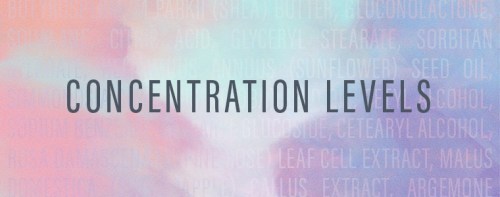
Concentration levels
First things first: The higher up on the ingredient list something is, the higher the concentration. “The label lists ingredients based on concentration,” says Paul Pestano, senior database analyst at the Environmental Working Group (EWG), a nonprofit organization that provides information and research on every ingredient you could think of in its Skin Deep database. “The first ingredient is the one that has the most amount in the product, whereas the last one listed has the least.” Often: The first item in a product is water, which brings us to label-reading tip two.
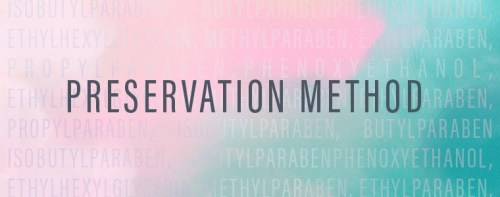
Preservation method
Every personal care product that has water in it needs a preservation method, or otherwise it could grow mold, turning things ugly in a jiff. One you’ve probably heard of avoiding is parabens, which some studies have indicated is carcinogenic. “Parabens can irritate the skin or cause allergic reactions, and some have also been linked to hormone disruption because of their estrogenic activity—in other words, the chemical mimics the hormone estrogen.” So, as paraben-free beauty has become a rallying cry, the common ones you’ll see on labels now include phenoxyethanol and ethylhexylglycerin.

Behind the Latin
There’s a super-high chance you’ll come across Latin terms on your beauty product labels. Don’t be concerned—this is a good thing. “When you see Latin on a label, it’s just the name of the botanical,” says Pestano. “For example, lavendula gastufolia is the scientific name behind lavender. It’s the standard nomenclature for a botanical extract or essential oil.” Thankfully, if you can’t recognize your fave flower (or plant or oil) in the foreign language, the label will oftentimes show the more commonly known name in parentheses.

Chemicals
It’s definitely normal to stumble over multi-syllable, ultra-long words that you may not be able to pronounce (I’m with you there). Regardless, there’s not necessarily a reason to give up when you see it on a label. “Just because something has a convoluted, confusing name doesn’t mean it’s unsafe,” notes Pestano. “It can be natural or synthetic, though. And if something’s derived from botanical sources, it can still cause an allergy or sensitization, just as certain synthetics can do the same.” Take care to research these kinds of ingredients to confirm that you’re comfortable with them having a place in your skin-care routine.
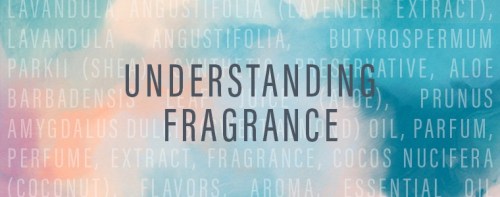
Understanding fragrance
More often than not, you’re going to stumble across fragrance—which shows up in various forms (think “parfum,” “perfume,” or straight up “fragrance”). “Sometimes you’ll even see aroma or flavor,” notes Emilie Hoyt, founder of clean personal care product brand Lather. “Even products that are labeled ‘unscented’ can have fragrance—it’s completely legal to add masking fragrance to the formula, so be sure to check. This can be a problem because the current labeling act from the 1970s doesn’t require ingredients within the term “fragrance” to be listed. That means that unless a company is super transparent, you don’t know what’s falling under the term “parfum”. And that brings me to the last (and final) tip.

Know the source
Whether through the brand or the boutique that stocks them, it’s helpful to know (and trust) who you’re purchasing your beauty products from. “Find a business with like-minded values where you feel comfortable shopping,” says Wickes, who tests products, pores over labels, and questions business practices and sourcing before The Detox Market decides to sell something. “A lot of people shop with us because reading labels is exhausting, and they’d rather let us do it.”
Now that you have labels down pat, here’s the difference between serums, balms, oils, and moisturizers. And this is the right order to apply your skin-care products, according to dermatologists.


